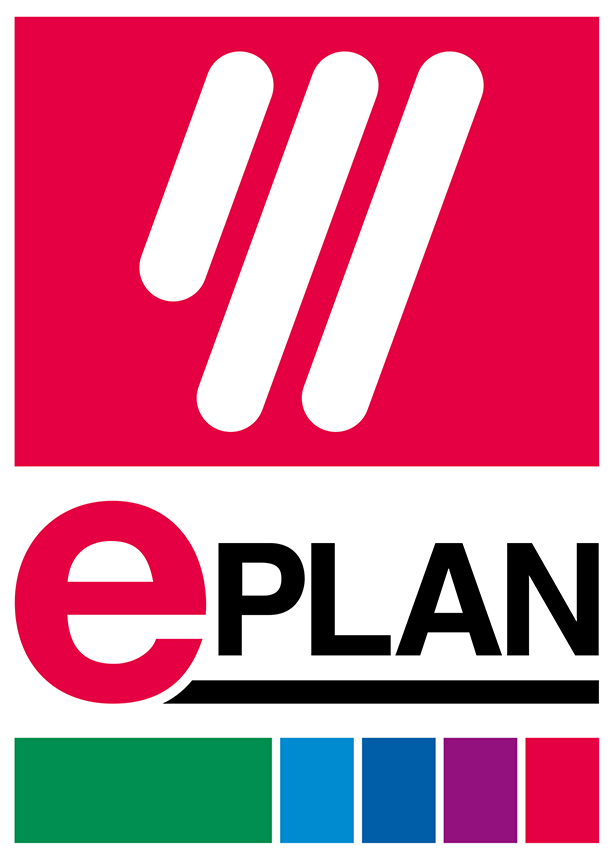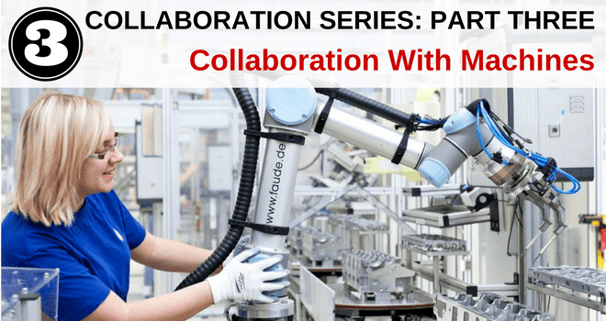We’ve talked about Industry 4.0 and the Industrial Internet of Things (IIoT) here before. So, it should come as no surprise that, for our next look at collaboration, we are going to talk about what role machines play in improving manufacturing efficiency.
This issue is at the forefront of so many conversations about what is next for connected manufacturing. A recent article in the technology and science newspaper, The Register, discussed the next iteration of the mobile network, 5G, whose initial standards are set to be released in 2020.
We’ll cover this in greater detail in a future post, but what you need to understand for the purposes of this article is that ultra-fast, low latency wireless internet is on the horizon and being built to accommodate the needs of industry and the IIoT. What this means is that the manufacturing industry is going to see rapid changes in infrastructure, processing and automation capabilities. It will also mean a much more focused transition to IIoT, which will filter its way down to nearly all industries and business sizes.
In other words, the next industrial revolution is on its way and chances are it will advance at a quick pace. Collaborating with machines will take on new and significant importance.
Having an integrated system, where machines communicate with your network, has a lot of advantages, with performance a key benefit. The large data sets that most manufacturers have available are a thumbprint and hold valuable information that can enhance your business. Accessing that value requires high performance systems that can mine the data, fuel process improvement and make smart actions in real time without human intervention. This affords a dynamic interface that offers many touchpoints within the system. Take, for example, EPLAN’s own Electric P8 for electrical planning and engineering. The combination of standard functions and optional extensions in EPLAN Electric P8 allows you to optimize your entire planning process and increase the quality of your automation documentation in the long term.
It offers:
- Graphical and device-oriented planning
- Automatic and individual Device Tag allocation and connection numbering
- Automatic creation of cross references between:
- Interruption points, contacts, symbols and components and PLCs
- Single line, multi-line display and mounting layout
- Different subsystems (E-technology, fluid power and I&C)
- Auto connecting and smart connecting
- Macro variants, value sets and project-wide option technology
- Automated processing using scripts
- Integrated IEC, NFPA, GOST and GB symbol library
- Quick and easy navigation with “go to” and search function
- Mass editing of project data in Excel
- Undo and redo function
- Checking procedures for signaling logical planning errors
- Quick information and context-sensitive help
- Adaptable layer management for selective display of project data
- Navigators for rapid project data locating and direct processing
- Automatic addressing of PLC components (I/Os)
- Integrated part management with configuration of the part structure and SQL access
- Unicode capability for project creation and translation in any language
- Project, version and rights management
Efficient manufacturing means improving processes on a continuing basis. Using data to maximize that potential is what’s next in manufacturing, and machine collaboration is an important part of that.
In the last post of our collaboration series, we will look at how finding new ways to connect with your customers can yield process improvement and aid in better retention of current clients.
SEE ALSO: Efficient Manufacturing Part One: Collaboration Between Departments
SEE ALSO: Efficient Manufacturing Part Two: Collaboration with Vendors






